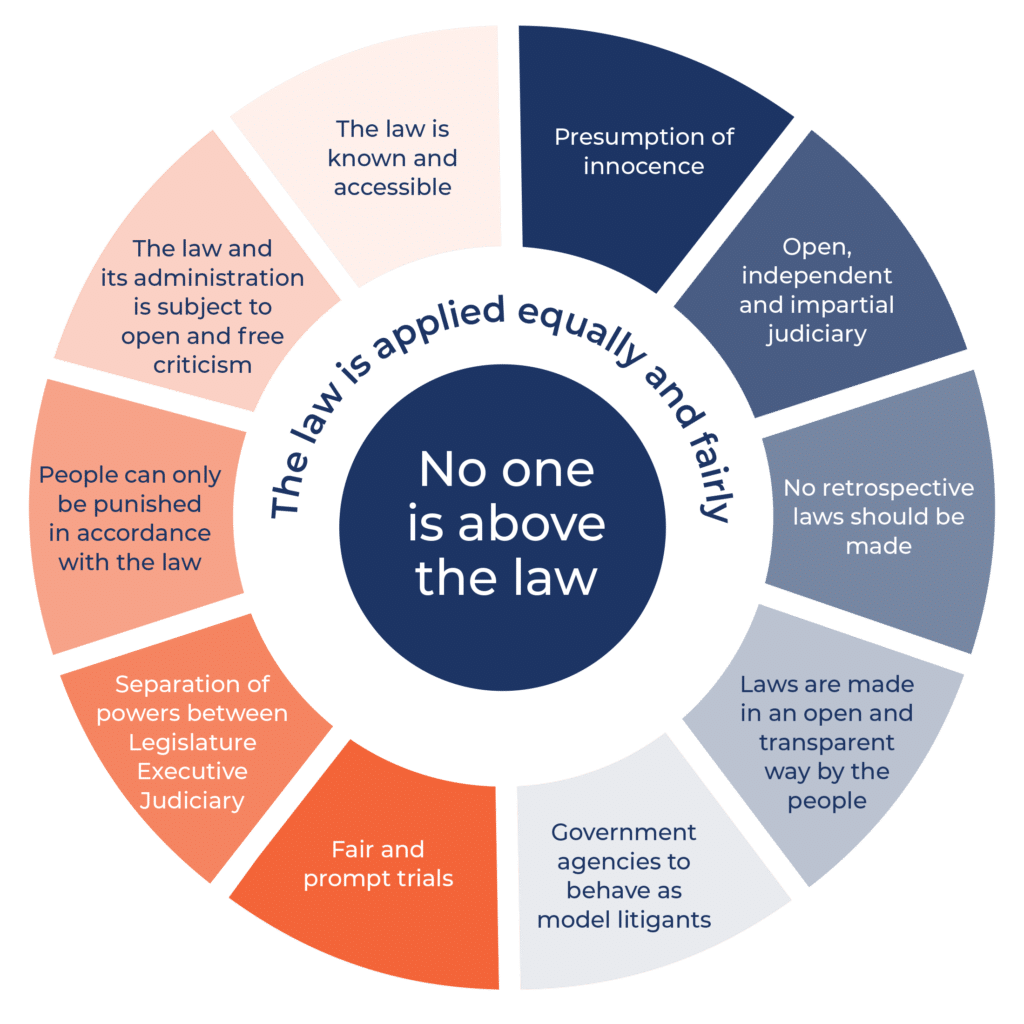In the recent Manus Island case, the High Court came to the view that the designation of Manus Island as a regional processing centre for asylum seekers or “unauthorised maritime arrivals” was constitutionally valid, even if it was contrary to Australia’s international human rights obligations. This is because the provisions of the Migration Act fell within the constitutional power of the Commonwealth (s.51(xix)) and the only criterion the Act requires to be considered is that the Minister is satisfied that the designation is “in the national interest”.
But, as two subsequent decisions on 20 June 2014, (Plaintiff S297/2013 and Plaintiff M150/2013 against the Minister for Immigration and Border Protection) have shown, the High Court’s interpretation of the powers available to the Minister under Migration Act has limits. The powers are subject to a holistic interpretation of the Migration Act being an Act that relates to “Australia’s obligations under the Convention and the purpose of protection visas as a mechanism for meeting those international obligations” (see French CJ in Plaintiff M150).
The two cases concerned the Minister’s decision under s85 of the Act to limit the number of protection visas that could be determined in a particular year. This decision had the effect that the two plaintiffs were unable to have their applications decided because the maximum number of protection visas that could be granted for the year ending 30 June 2014 had been met – not because of any issue about their particular applications.
In both cases, the High Court scrutinised the interaction between various provisions of the Act that had been inserted at different times, including sections 39, 65, 85 and 86. Quoting from the High Court judgment in Project Blue Sky Inc v Australian Broadcasting Authority, in Plaintiff M150, Hayne and Kiefel JJ stated that the various provisions of the Migration Act that were under consideration needed to be interpreted in such a way as “will best give effect to the purpose and language of those provisions while maintaining the unity of all the statutory provisions” and that requires the Court “to determine which is the leading provision and which the subordinate provision, and which must give way to the other”.
The Court found that s85 which sets out how the Minister may fix a limit on the number of visas that may be granted during a financial year, and s39 which says that where the maximum number of visas of a particular class have been made, pending applications are deemed not to have been made, cannot apply to protection visas. This is because then s65, which obliges the Minister to make a decision about a visa application, and s65A which sets out time limits for determining protection visas, would not be consistent with those provisions. This is because a visa cannot be deemed not to have been made while at the same time the Minister is obliged to make a decision on it within a prescribed timeframe.
Preferring an interpretation of the Migration Act which is consistent with its purpose of meeting Australia’s obligations under the Refugees Convention to grant visas to people who meet the definition of “refugee”, the Court decided that s85 which permits the number of visas to be capped, cannot apply to protection visas.
The decision which is based on a close textual reading of the Act and principles of statutory interpretation follow the trend of the High Court to submit legislation to careful scrutiny and apply rules of statutory interpretation that include the presumption that parliament intends to act in accordance with its international human rights obligations if there an ambiguity in the meaning of legislation needs to be resolved.


